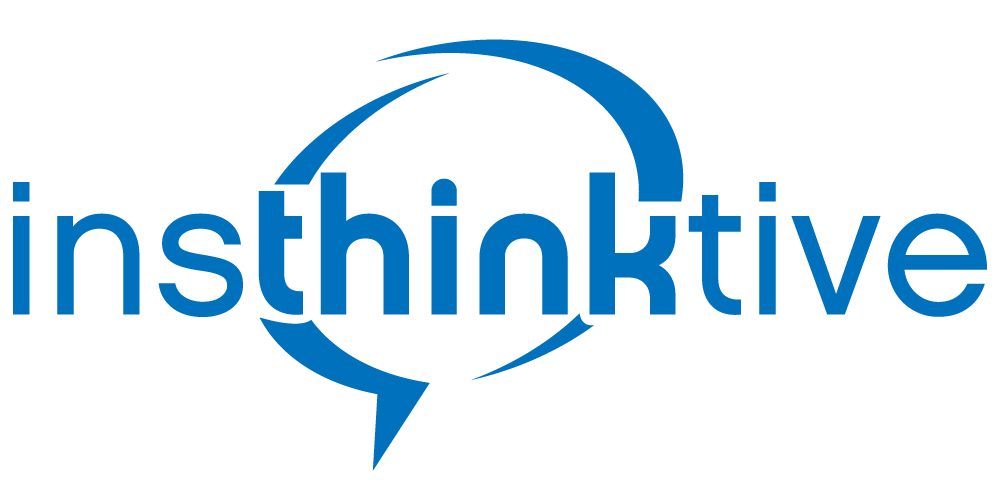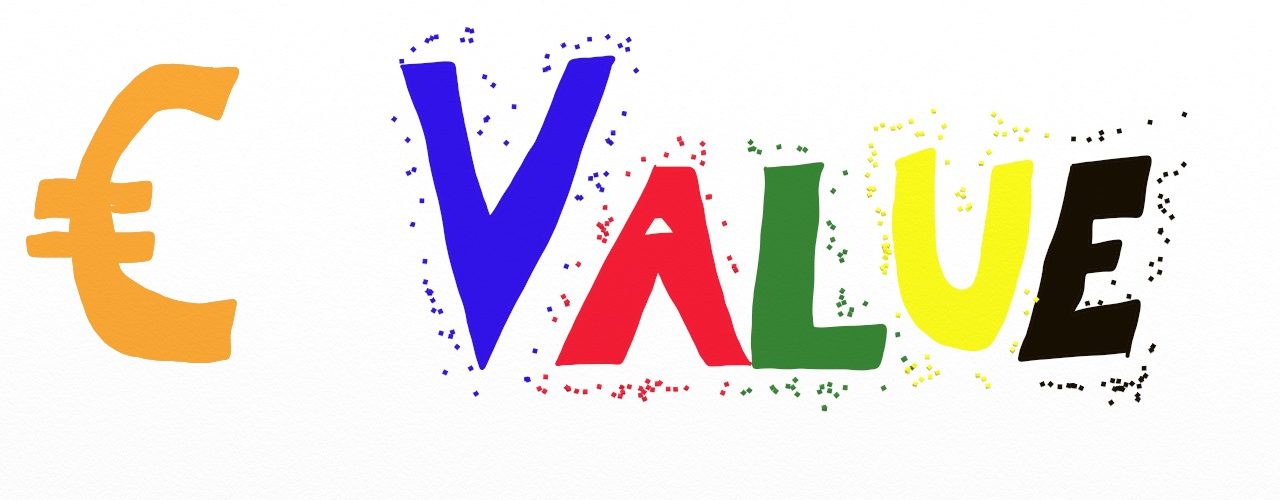7 Must-Know Ways To Overcome Price Objections in Sales
“People have asked me thousands of times to name the most important aspect of pricing. I answer with one word: “value.”
Hermann Simon
Pricing influences emotions
You are a sales leader. You should understand how pricing influences behaviours and, more importantly, buyer perceptions. And emotions.
Here is how. And what you can do.
7 pricing challenges. And how to deal with them.
1) Price As An Indicator Of Value
When do buyers assess products or services purely on price? When they are unsure. For example, your product is new and they don’t know it’s quality. Or they have never bought it. When they don’t have much time. Or when they are not clear on your pricing.
For some buyers, “higher price = higher quality”. It is a good rule of thumb. It is simple.
For others, it can be buying experience. If they have experience paying higher prices and receiving a higher value. They are more likely to see high price as a positive.
For some “lower prices = less quality“. That can be a reason to say no.
Here are some steps you can take
Offer a range of products. For example, a basic offering with fewer features and benefits. And a premium offering with extra features and benefits.
Offer a range of prices (give them options)
2) The Snob Effect;
Premium brands like Rolex watches benefit from the “Snob Effect”. The price itself becomes an indicator for both quality and exclusivity. A Rolex watch would not have the same “snob effect” if it sold at €100. With products or services that generate the “Snob Effect,” higher prices can lead to higher sales.
3) The Placebo Effect
Imagine a doctor who prescribes you a “fake medicine” instead of a real one. Imagine it actually helped cure the patient. Well The Placebo Effect is real and science has proven it.
For example, two groups were given identical pain relief tablets. One group was shown a high price for the tablets, the other low prices. All of those who received the “high price” tablets experienced “very effective” pain relief. Only half of the “low price” group experienced “very effective” pain relief. Both groups had in fact received Vitamin C, which has no pain relieving properties.
If placebo effects are present in your market, they can have a significant impact on price.
4) Price Anchoring
What does a buyer do if they lack knowledge or can’t figure out prices easily? They may jump online. They may ask friends or workmates. Or they may use “pricing anchors”.
For example, you buy a coffee every day in your local shop. You pay €2.00. Now, €2.00 is your anchor. When you go to a nearby by 5-star hotel and the bill is €3.70 for a coffee. Does it cause you distress? Of course.
The shift seems huge. And you feel the pain. Research proves that anchoring is difficult to avoid. Your buyers are guilty of it too.
So, what can you do?
Have a high “anchor” price to encourage buyers to spend more. For example, if you are a retailer. You can sell me three things. A suit. A tie. A shirt.
You start with the suit. It is the most expensive. It becomes the anchor. Then the shirt. Then the tie. By anchoring the buyer at the higher price. The suit. When you introduce lower-priced accessories you sell more. Up to 30% more. Anchoring works.
5) The “Magic Of The Middle.”
Another price anchor is the “magic of the middle”.
READ this article on David Rock’s SCARF model.
Your brain is hardwired for choice. It loves options. It craves autonomy. In other words, you like to have options.
Having a range of prices can change buyer behaviour. For example, you can react differently to a €10 price. It depends where it sits on a pricing scale. Is it the highest price or lowest price in a range? That question will influence behaviour.
The “magic of the middle” is that you, the seller can use this tactic to “steer” buyer behaviours.
When you are unsure about prices and quality you lean towards the middle price. How often do you check out prices on the web? How often are you given 3 options? And the “middle” option is shaded or highlighted. Do you buy the cheapest? Or do you get drawn to the “middle option”?
After looking at the wine list, most guests order wine with a price in the middle of the price range. Only a few guests order the most expensive or least expensive wine. The middle has a magical allure.
As a seller. Don’t set anchors at the extremes of high or low. Too high and you may simply scare the buyer off. Too low and you may create doubt about the quality you deliver.
6) Price Thresholds
Price thresholds are a funny thing. They occur with rounded prices points such as €1, €5,€10 or €100. €9.99 is seen as cheaper than €10.00. The first digit has the strongest influence on buyer behaviour. Sales are higher. By the way, there is no advantage to setting prices at €9.90 or €9.95 versus €9.99. You are just losing profit.
7) Prospect Theory
Your brain has a hardwired response to pain and gain. You avoid pain. And crave gain. But avoiding pain is a stronger driver. Prospect theory works like this.
A loss is painful. Gain is good. But buyers avoid loss more than they desire to gain.
When you buy a product or service you feel pain. When you use the product you feel gain. Handing over your hard-earned cash is much more painful than the gain.
It is critical that you are delivering great service after the sale is made, or that you provide proof of value. Or “proof of gain”.
When a car dealer offers you a cash back on a new car. The pain of parting with your cash is less if you get a cash back.
Prospect theory also offers an insight into offering discounts. When your buyer pays €1,000 for a computer but is eligible for a 20% discount. The pain is less. The gain of the €200 in discount helps.
In sales negotiations. Buyers feel better when they have won some additional concessions. Win-Win.
Emotions and Pricing
Science teaches us is that the same areas of our brain that generate physical pain are alerted when we feel emotional pain. Emotions can cause us pain.
The emotions from a pricing perspective are value, trust and longing.
Interestingly when you remove the € symbol from your prices you feel less pain. 20.00 is less painful than €20.
Your brain reads the number but doesn’t associate it with a price (a pain). And ignores it. Many restaurant menus say twenty rather than 20.
Key Takeaways
Pricing and behaviour have far-reaching lessons for all sales leaders to learn. Pricing influences perceptions of value. It influences perceptions of quality. It alters decision making. There are 7 pricing emotional drivers you need to know. When you know them. And develop new approaches. You can reduce their impact. You build trust and reduce stress. It is a powerful combination.
Regards Ronan
Ronan is the “Sales Infrastructure Guy”.
Helping high growth tech companies build world-class sales systems and processes that scale.
Call me on +353(86) 7732201
Ronan Kilroy | Insthinktive Sales Leadership Ltd. | Blanchardstown, | Dublin 15, | Office 01 8220523
More Sales, More Consistently, In Less Time



